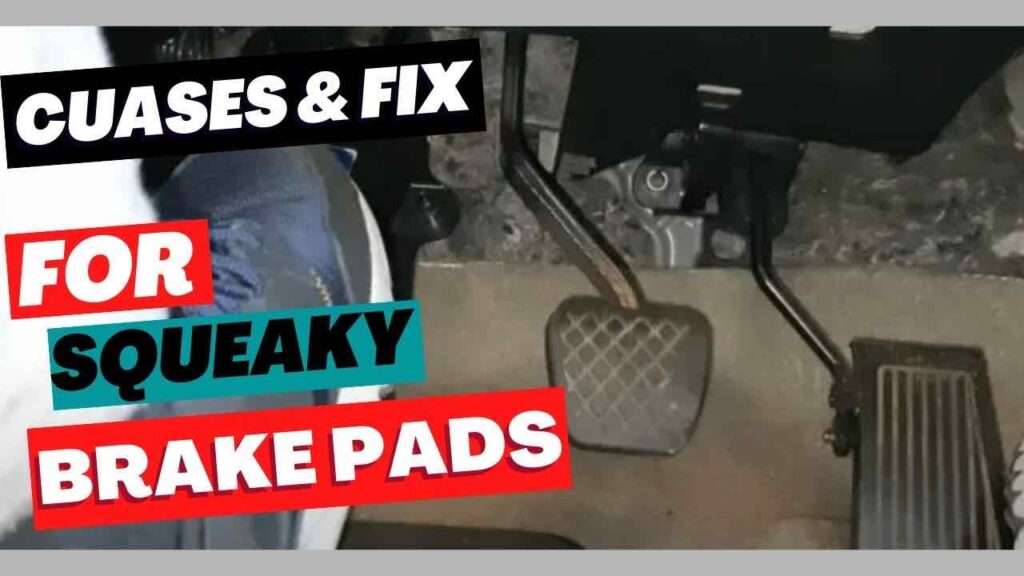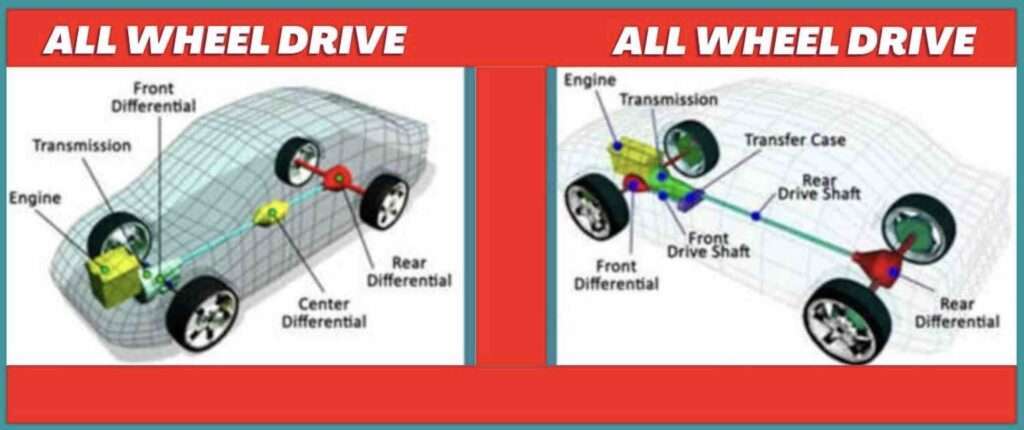Last updated on December 14th, 2022 at 08:27 am
Hose clamps are usually used to secure hoses to pipes, valves, fittings, etc. There are different types of hose clamps, each with its unique purpose. Here I’ll discuss some of the most popular types of hose clamps and show you how to remove them.
When choosing a clamp, ensure it is rated for the type of material you plan to use it with. For example, if you are using PVC tubing, you should look for a clamp rated for PVC. Also, ensure that the clamp is rated for the pressure you will apply.
If you are buying a bunch of clamps, consider getting a set in several sizes. This way, you can replace clamps as your project changes.
There are several types of hose clamps, but they all serve the same purpose. Hose clamps work by using a spring-loaded mechanism that holds the hose tightly in place. If you’re looking to buy some, here are some things to remember before making a purchase.
Size
One of the factors to consider is size. You want to make sure that the clamp you choose will fit whatever fixture you plan on using it with.
Material
Another thing to consider when choosing hose clamps is the material. You want to ensure that the clamp you choose is durable enough to last many years. Many clamps are made of plastic, aluminum, brass, stainless steel, copper, and zinc.

Types of hose clamps
Worm drive hose clamps
A worm drive hose clamp allows for quick connection and disconnection of garden hoses without using tools. These hose clamps are commonly used in gardening applications where users want to connect and disconnect their hose quickly.
The worm drive hose clamp features a unique design that uses a worm gear mechanism to tighten and loosen the clamp. The worm gear is located inside the clamp’s body and rotates around a central axis.
When the worm gear is rotated clockwise, the worm gear tightens the clamp. When the worm gear rotates counterclockwise, the worm gear loosens the clamp.
Ear clamps
An ear clamp is a type of clamp that uses two screws to hold the ends together. Ear clamps are two halves held together by a spring-loaded mechanism. When the halves are pressed together, they close tightly around the hose.
You can adjust the tightness of the clamp by pressing harder on the ears. Once the hose is secured, you can attach it to any fitting, including a hose bar.
Single-wire clamps
A single-wire clamp uses only one screw to hold the ends together, and the screw passes through both sides of the pipe. A single wire clamp is often used for smaller-diameter piping.
Double-wire clamps
Double-wire clamps are similar to single-wire clamps except that the screws pass through both sides of the pipe and back through the same side. Double-wire clamps are often used for larger-diameter piping.
Spring clamps
A spring clamp is a type of quick-release clamp that uses a spring to hold the pipes together. Spring clamps are often used in plumbing applications.
Perforated band clamps
A perforated band clamp is a type of band clamp that uses a series of small holes to allow water to flow through. Band clamps are often used to connect sprinkler systems to irrigation tubing.
Tilting housing clamps
A tilting housing clamp is a fastener that holds pipes together using a threaded rod that rotates inside the pipe. The rod is held in place by a nut that threads onto the outside of the pipe. When the nut is turned, the rod turns, creating a tight seal between the pipes.
Screw hose clamp
These types of clamps have a long stainless steel band wrapped around them. The installer then uses a screw to tighten the band, pulling the two ends of the clamp apart. When tightening the screw, the band applies much pressure to the hose. Because they apply much pressure, these clamps work best with smaller-diameter hoses.
Adjustable hose clamps
The adjustable hose clamps are a versatile tool that can be used for many different applications. These clamps are designed to fit over any size hose and have a range of adjustments. There are two types of these clamps; the first type is the standard hose clamp fixed at both ends.
The second type is the adjustable hose clamp, which has a center pin that allows the user to adjust the length of the clamp. These clamps are commonly used for plumbing projects and are often sold in pairs.
Wire clamp
A wire clamp is a simple tool used to hold wires together. You can use them to secure wires together before soldering or hold them together while they are soldered. A wire clamp is made of metal and consists of the jaw and the handle.
The jaw holds the wire in place while the handle is used to open and close the jaw. When using a wire clamp, you should ensure that the jaws are not touching each other; otherwise, you could damage the wire.
How do you remove old hose clamps?
If you need to replace them, you’ll want to know how to remove the old ones first. Follow these steps to remove old hose clamps.
Step 1: Use a flat-head screwdriver to loosen the clamp
Step 2: Insert the screwdriver into the clamp and turn it clockwise. Once the clamp loosens, use pliers to grab the end of the clamp and pull it out.
Step 3: Repeat step two until you’ve removed all the clamps.
What are the best tools to remove hose clamps?
Pliers
These pliers have two jaws open wide enough to grab onto any hose clamp. Squeeze together the handles, and the jaws will close around the clamp.
A wire cutter
Wire cutters are great for cutting off the ends of electrical wires. These types of wire cutters have sharp blades that quickly remove the ends of cables.
Screwdriver
Screwdrivers help loosen screws and bolts. A standard screwdriver has a flat head at the end, making it easier to turn.
Needle-nosed pliers
Needle-nosed pliers help grip small objects. These pliers have long, thin tips that allow you to absorb smaller items without damaging them.
Scissors
Scissors are useful for cutting paper, cardboard, and plastic. Make sure to keep these scissors sharp!
Hammer
A hammer is an excellent tool to use if you need to drive something into a hard surface.
How to remove crimp hose clamps
Using pliers, remove the clamp from the end of the hose.
Hold the clamp firmly between your thumb and forefinger while pulling down on the clamp.
Rotate the clamp counter-clockwise until the clamp loosens.
Repeat steps 2 and 3 until the clamp comes off easily.
Once the clamp is removed, use a pair of needle-nose pliers to pull out any remaining pieces of wire.
How do you remove ear clamps?
Bullnose cutters are the best tool to use if you want to get rid of ear clamps without damaging the bud. It would be best to start by cutting off the top of the clamp and then work your way down until you have removed the entire clamp. If you don’t have bull nose cutters, you can always use scissors to cut them out.
Another option is to use side cutters. Side cutters are great for removing ear clamps because they are less likely to damage the buds. To use these tools, you need to find the center of the clamp. Then, you need to make minor cuts around the edges of the clamp until you have completely removed it.
How to remove different types of hose clamps
Hose clamp pliers are a great tool to have around if you want to remove any hose clamp. You can use them to open up the clamp’s jaws and grab onto the protruding arms of the clamp. Then you can pull the clamp off the hose.
Use Needle-Nosed Tweezers
It would be best if you also had needle-nosed tweezers around. If there’s much debris stuck inside a tube or pipe, these tools help pick things out of boxes and lines.
How to remove hose clamps without a tool
Use pliers to grab the clamp and twist it off. If you don’t have pliers, use a screwdriver to pry the clamp until it pops out.
Use needle-nose pliers
Needle-nose pliers work well for removing small items like screws and nuts. Place the tip of the pliers around the item and pull it straight down.
Use wire cutters
Wire cutters are perfect for cutting metal wires. Place the cutter over the clamp and slowly move it back and forth across the clamp.
Use a knife
If you’re using a knife, make sure to hold the blade at a slight angle. Hold the clamp firmly between your thumb and index finger and gently slide the knife along the clamp.
How to remove oetiker clamps
Remove the screws holding the clamp in place. These screws are located at the clamp’s top and are often hidden behind the rubber gasket. Use a small flathead screwdriver to pry out these screws.
Pry the clamp off
Once the screws have been removed, the clamp should slide right off. If not, use a pair of pliers to pull the clamp away and pry any remaining pieces.
How to remove plastic hose clamps
Cut off the end of the hose using a pair of scissors.
Place the tip of the scissors between the two halves of the clamp and push down firmly until the clamp pops open.
Repeat steps 1-2 on the opposite side of the clamp.
Remove the remaining cable ties.
How to remove hose clamps washing machine
Please start at the end of the hose where it connects to the washer. Use a pair of needle-nose pliers to grip the clamp. Pull the clamp off the hose. You may need to use a little force. If you don’t get the clamp off quickly, try using a flat-blade screwdriver to push down on the clamp.
Remove the hose
Once the clamp is removed, pull the hose out of the washer.
Adjust the pliers
The ends of the pliers should spin. To do this, hold the pliers together and rotate them back and forth until the tips meet. Then release the pliers and separate them again. Pull the pipe away from the washing machine with caution.
How to remove snap grip hose clamps
Snap grip hose clamps are a type of hose clamp that uses a twisting motion to open and close the clamp.
Using pliers, remove the clamp from the end of the hose.
Twist the clamp until it loosens.
Pull the clamp off the hose.
Repeat steps 1-3 for each clamp.
If the clamp still doesn’t budge, use a pair of needle-nose pliers to pry the clamp open.
Conclusion
If you are trying to remove a hose clamp, check what kind of clamp it is before loosening the screw that holds the clamp onto the pipe. You do this by turning the screw counterclockwise until it starts to move. Once the screw loosens, you can pull the clamp off.
Related:

Uchenna is a Radiographer and Auto parts mechanic who recently got his automotive diploma as an auto repair technician, and since then, has worked on fixing various car problems.
Working as just a radiographer, Uchenna didn’t just get all the fulfillment he desired, because he truly loved doing things tilted toward cars. As a kid, he would take apart his toy cars to see how they worked and would spend hours tinkering with his bike.
So, in 2017 he made the tough decision to become an auto mechanic. He threw himself into his studies and now loves every aspect of what he does.
He gets to work with his hands, solving problems and bringing cars back to life, and sharing his knowledge and easy quick-fix guide online are all part of what makes him feel fulfilled.



